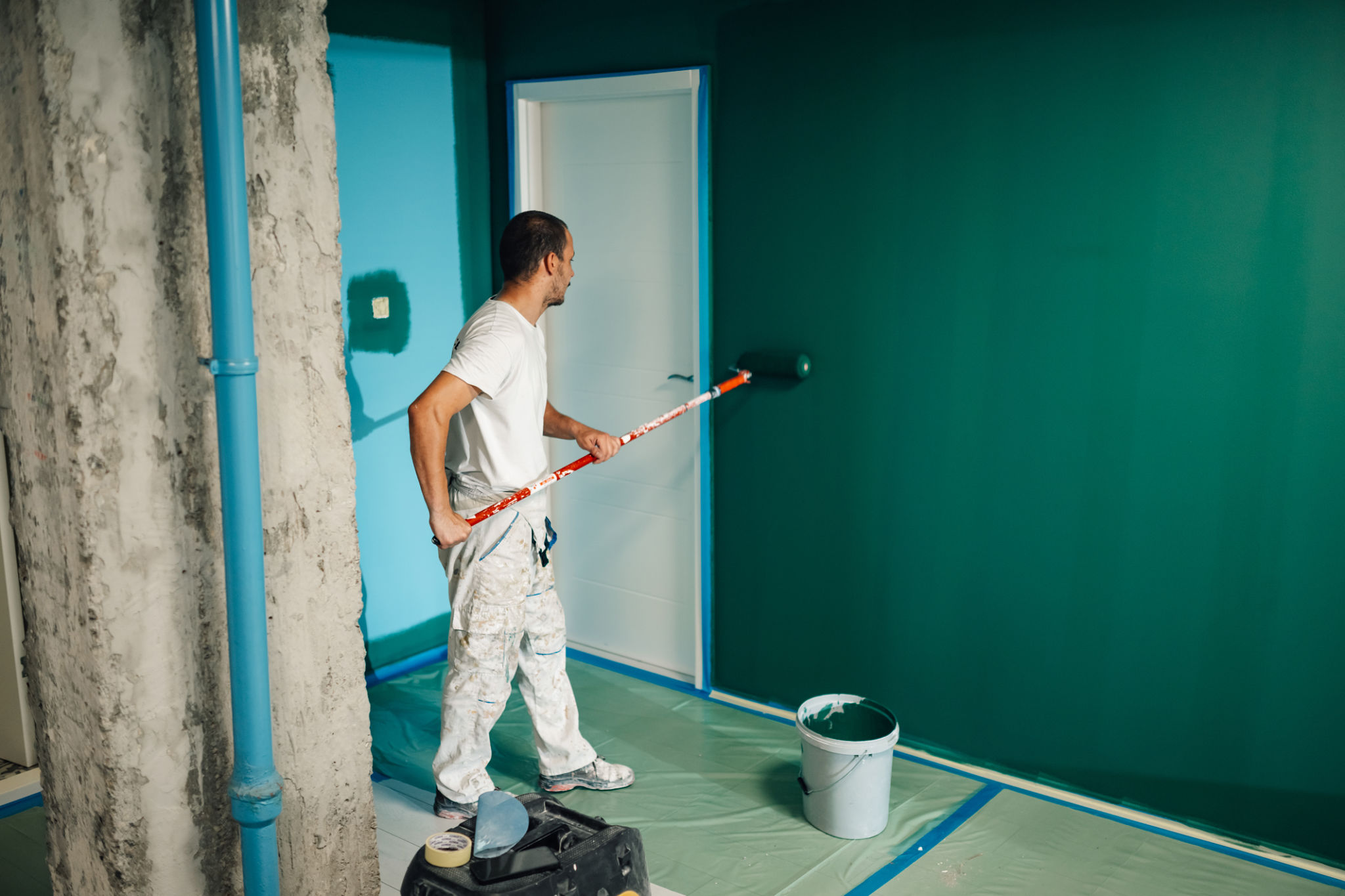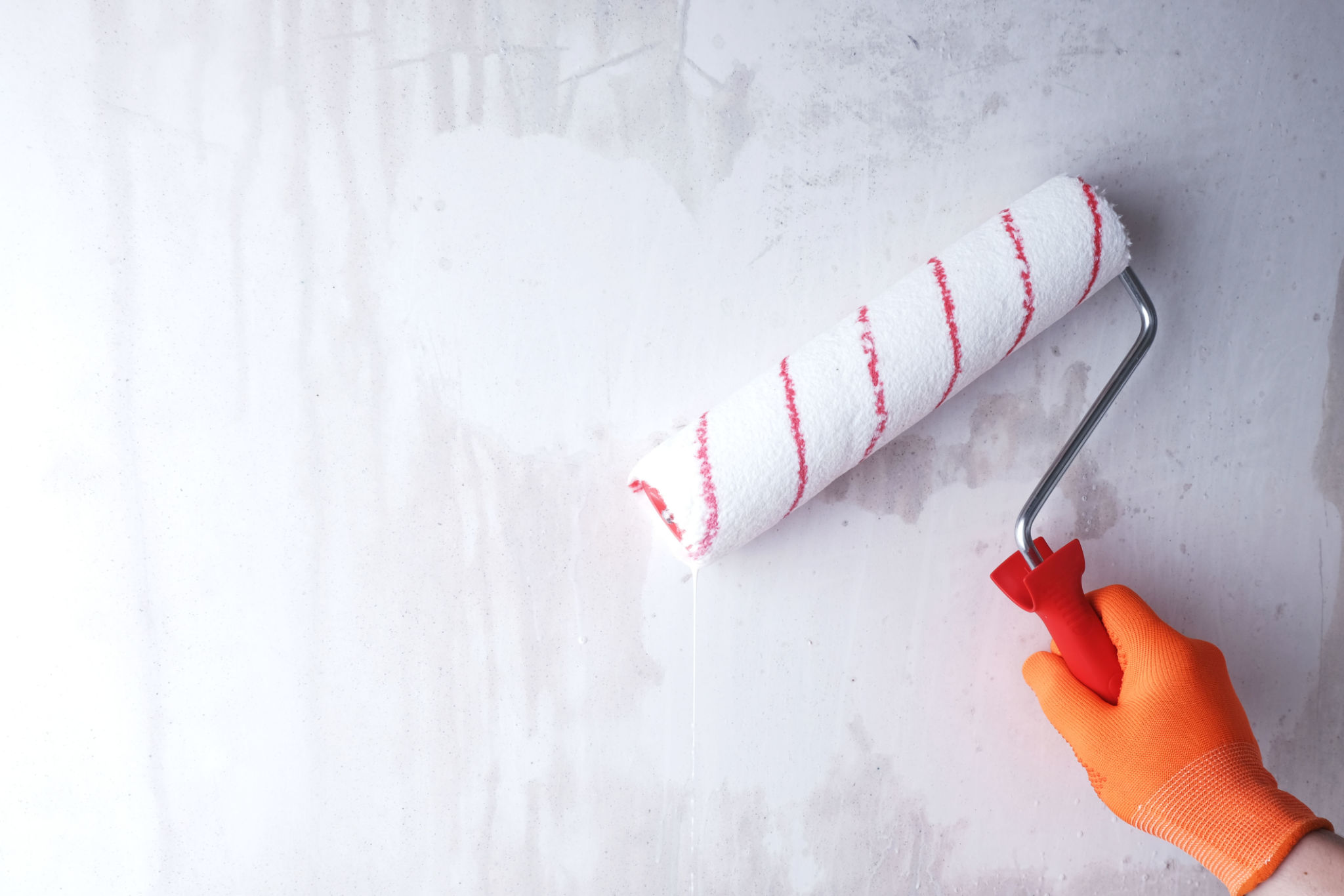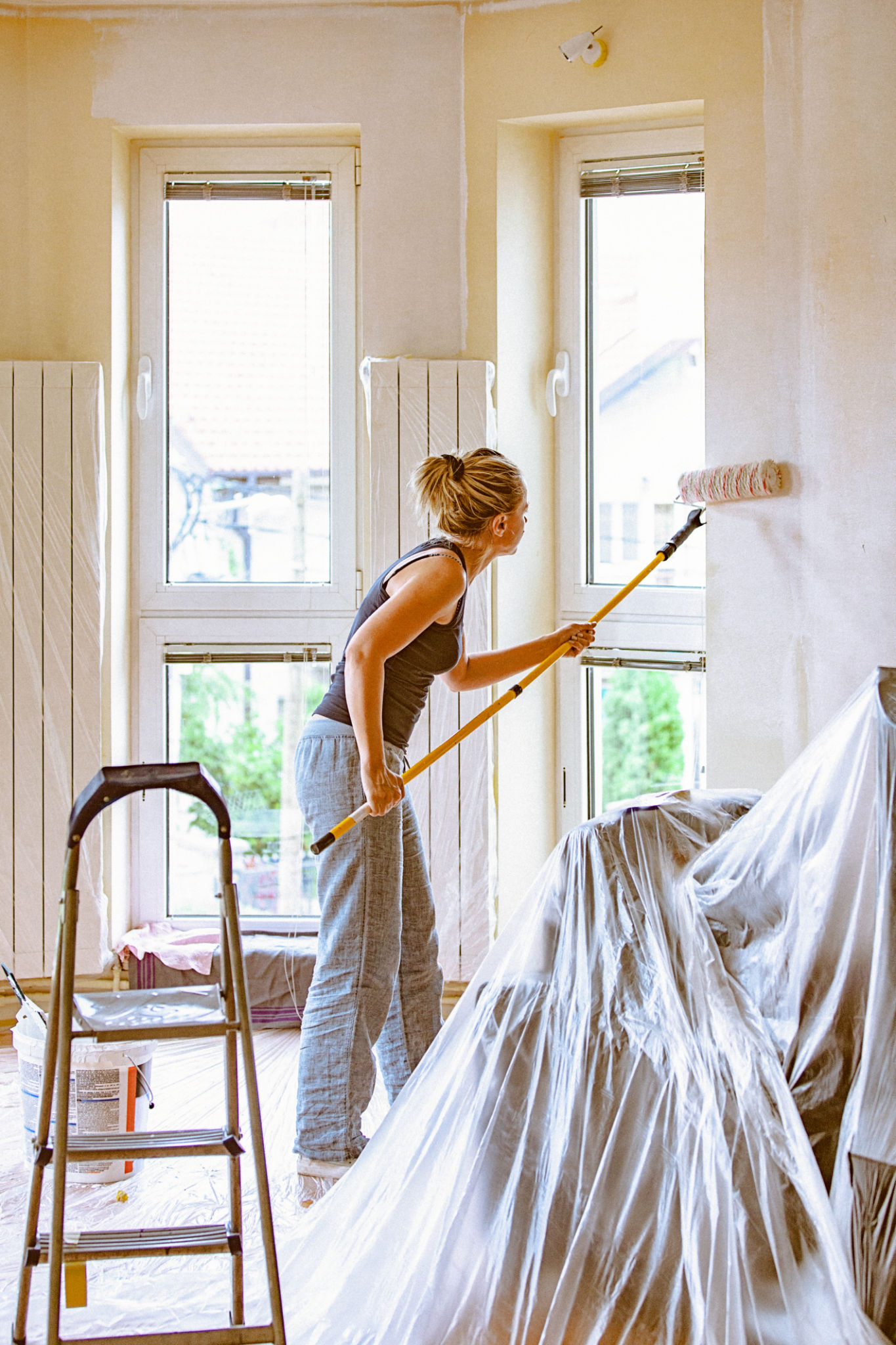Painting Your Home: A Step-by-Step Guide to Perfect Results
Painting your home can seem like a daunting task, but with the right preparation and guidance, you can achieve professional-looking results. Whether you're refreshing a room or transforming your entire home, following a methodical approach will ensure success.
Gathering Your Supplies
Before you start painting, you'll need to gather all the necessary supplies. A well-stocked toolkit will make your job easier and more efficient. Here's what you'll need:
- Paint (calculate the amount needed based on the size of the area)
- Brushes and rollers
- Painter's tape
- Drop cloths or plastic sheeting
- Paint trays
- Sandpaper or sanding block
- Primer (if necessary)

Preparing the Surface
Proper preparation is key to achieving a smooth, long-lasting finish. Begin by cleaning the walls to remove dust, grease, and grime. This step ensures that the paint adheres properly. If there are any holes or cracks, fill them with spackle and sand the surface until it's smooth.
Priming the Walls
If you're painting over a dark color or dealing with stains, applying a primer is essential. Primer helps to cover imperfections and provides a uniform base for your paint. Allow the primer to dry completely before moving on to the next step.

Choosing the Right Paint
Selecting the appropriate type of paint is crucial for achieving the desired look and durability. Consider the room you're painting; for example, use moisture-resistant paint in bathrooms and kitchens. Be sure to choose a finish that complements your style, whether it be matte, eggshell, or glossy.
Color Selection Tips
When picking a color, consider lighting, room size, and existing décor. Test samples on your walls to see how they look at different times of the day. Sometimes, a color may appear differently under various lighting conditions.

Applying the Paint
The painting process itself is where patience pays off. Start by cutting in around edges and corners with a brush before rolling larger areas. This technique helps create crisp lines and prevents paint from getting onto surfaces you don't want painted.
Using the Right Technique
For optimal results, use long, even strokes when rolling paint onto the walls. Avoid overloading your brush or roller with paint to prevent drips. Applying two coats is often recommended for full coverage and vibrant color.

Cleaning Up
Once you've finished painting, it's time to clean up. Remove painter's tape before the paint completely dries to avoid peeling. Clean your brushes and rollers thoroughly so they can be reused in future projects. Dispose of any leftover paint responsibly by following local guidelines.
With these steps, you'll achieve beautiful results that refresh your home's interior. Remember, preparation is just as important as application, so take your time during each phase of the process. Enjoy your newly transformed space!
